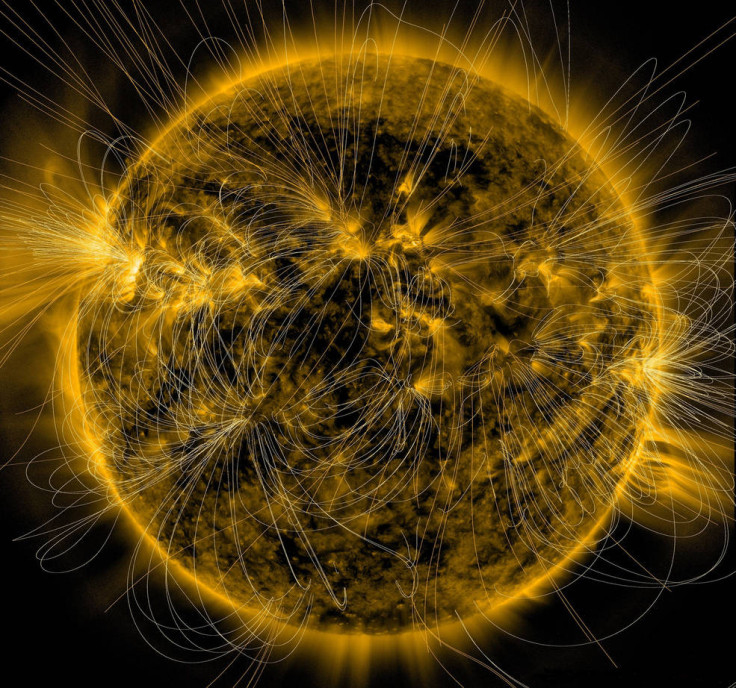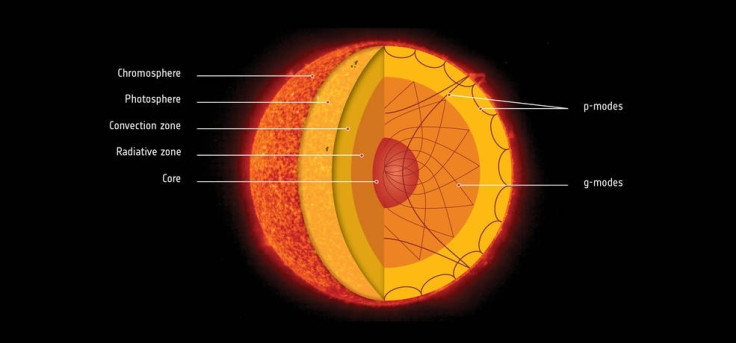Nasa and ESA scientists reveal Sun's inner core rotates 4 times faster than its surface
After four decades of searching, scientists have found evidence of a kind of seismic wave in the Sun.

Hidden secrets of the Sun's inner core have been uncovered by Nasa and ESA scientists. For the first time ever, scientists have been able to accurately measure the Sun's inner core's rotation, revealing that the inner core rotates four times faster than the solar surface.
After four decades of searching, scientists have found evidence of a kind of seismic wave in the Sun. According to the latest data sourced from the ESA and Nasa's Solar and Heliospheric Observatory (SOHO) the low-frequency seismic waves called g-waves, reveal that the solar core is rotating much faster than the Sun's surface.
"This is certainly the biggest result of SOHO in the last decade and one of SOHO's all-time top discoveries," said Bernhard Fleck, ESA's SOHO project scientist.
"We've been searching for these elusive g-waves in our Sun for over 40 years, and although earlier attempts have hinted at detections, none were definitive. Finally, we have discovered how to unambiguously extract their signature," said Eric Fossat, an astronomer at the Côte d'Azur Observatory and lead author of the paper, which was published in Astronomy and Astrophysics.
Scientists used around 16 years' worth of observational data from SOHO's GOLF (Global Oscillations at Low Frequencies) instrument, scientists were able to "pick out a regular imprint of the g-modes," which are a type of g-wave, by analysing the amount of time it takes a sound wave to travel through the Sun and back to the solar surface. According to scientists, the trip takes around 4 hours and 7 minutes.
"The imprint of these g-waves suggests that the solar core is rotating once every week, nearly four times faster than the Sun's surface and intermediate layers, which have rotation periods anywhere from 25 days at the equator to 35 days at the poles," Nasa said in a statement.
Although scientists are still unsure as to what causes the discrepancy in the sun's inner core and surface rotations, their theories suggest that this may be related to the Sun's formation.
"The most likely explanation is that this core rotation is left over from the period when the sun formed, some 4.6 billion years ago," said Roger Ulrich, a UCLA professor emeritus of astronomy and co-author of the study. "It's a surprise, and exciting to think we might have uncovered a relic of what the sun was like when it first formed."
"It is really special to see into the core of our own Sun to get a first indirect measurement of its rotation speed. But, even though this decades-long search is over, a new window of solar physics now begins," Fossat said.

© Copyright IBTimes 2025. All rights reserved.






















